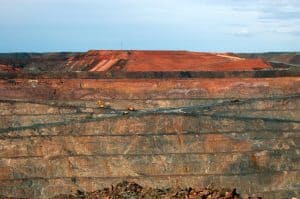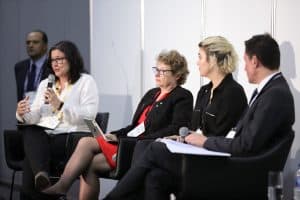
The number of prominent men who have come a cropper as a result of their sexual harassment includes the Lord Mayor of Melbourne, Robert Doyle. A workplace safety trade show in Melbourne recently conducted a public panel seminar on the issue of sexual harassment with particular emphasis on the Doyle case. One of the Melbourne councillors at the time, Stephen Mayne, spoke via video. The panel also included a representative of local government, a safety advocate and a lawyer.
One of the most curious elements of this event was that it was conducted in a trade show

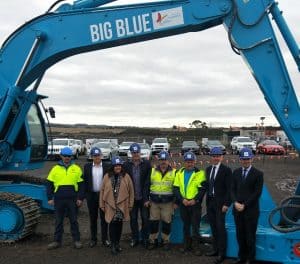
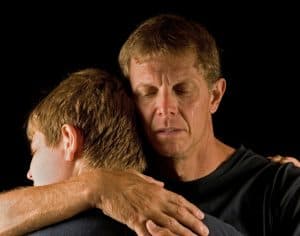 Today the Medical Journal of Australia released a
Today the Medical Journal of Australia released a  Excessive workplace stress in the medical profession is well documented but stress is often seen as a minor workplace hazard that is fairly easily dealt with by holidays, for instance, or is dismissed as an “occupational hazard” or part of the entry to the profession or just part of the culture, with the implication that nothing can change. Only recently have
Excessive workplace stress in the medical profession is well documented but stress is often seen as a minor workplace hazard that is fairly easily dealt with by holidays, for instance, or is dismissed as an “occupational hazard” or part of the entry to the profession or just part of the culture, with the implication that nothing can change. Only recently have 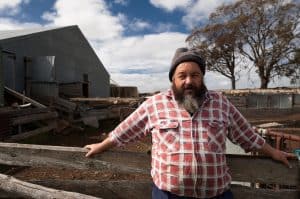 Australia’s occupational health and safety (OHS) agenda seems largely dictated by high risk industries like construction in some States and the mining sector in others. But agriculture is common to all Australia States and is consistently included in the official and unofficial workplace fatality data. New research has been released into serious farm injuries and which voices are the most effective in improving the situation.
Australia’s occupational health and safety (OHS) agenda seems largely dictated by high risk industries like construction in some States and the mining sector in others. But agriculture is common to all Australia States and is consistently included in the official and unofficial workplace fatality data. New research has been released into serious farm injuries and which voices are the most effective in improving the situation. Australia’s occupational health and safety (OHS) profession was late to the process of certifying its members. The
Australia’s occupational health and safety (OHS) profession was late to the process of certifying its members. The 